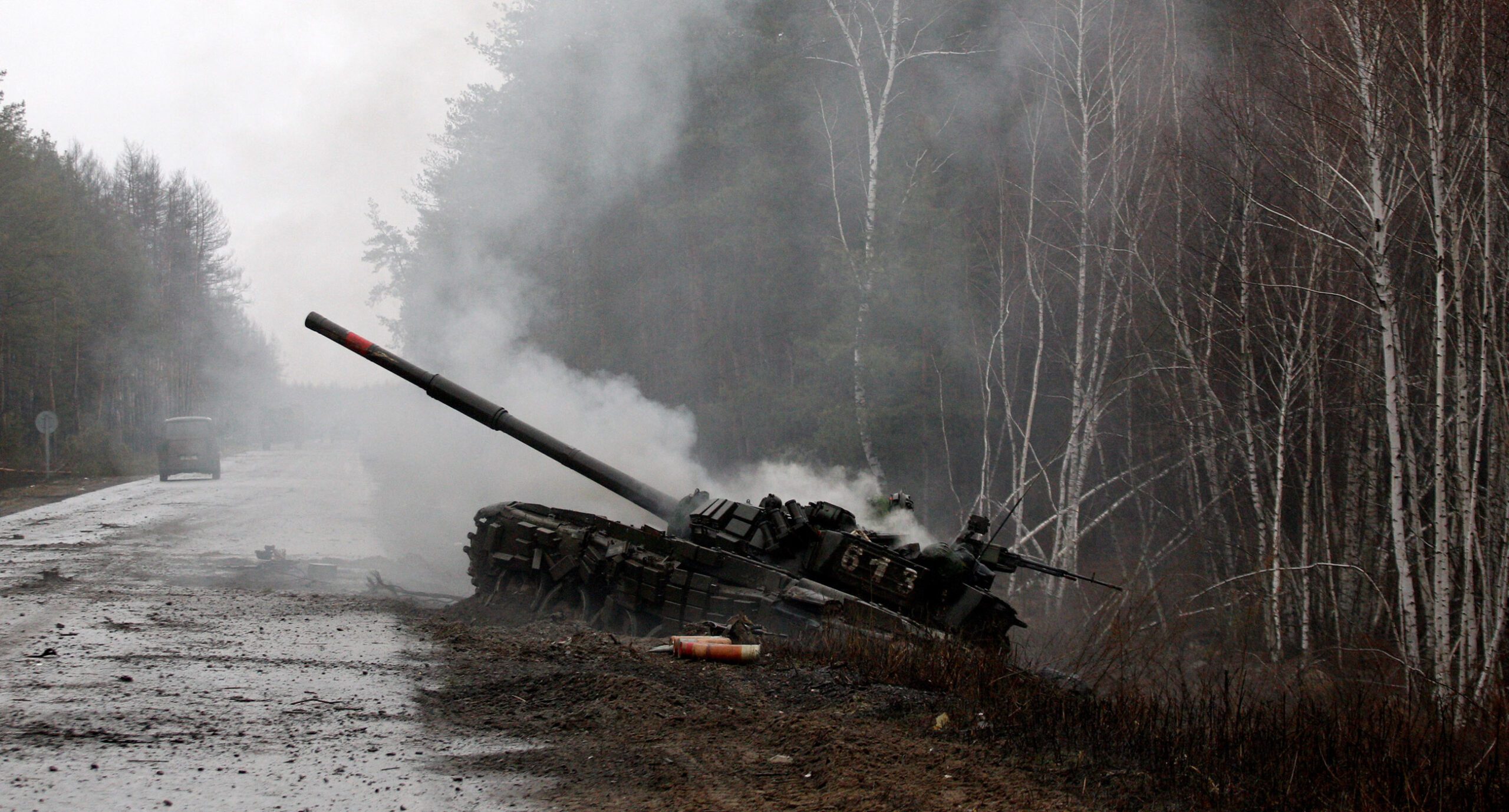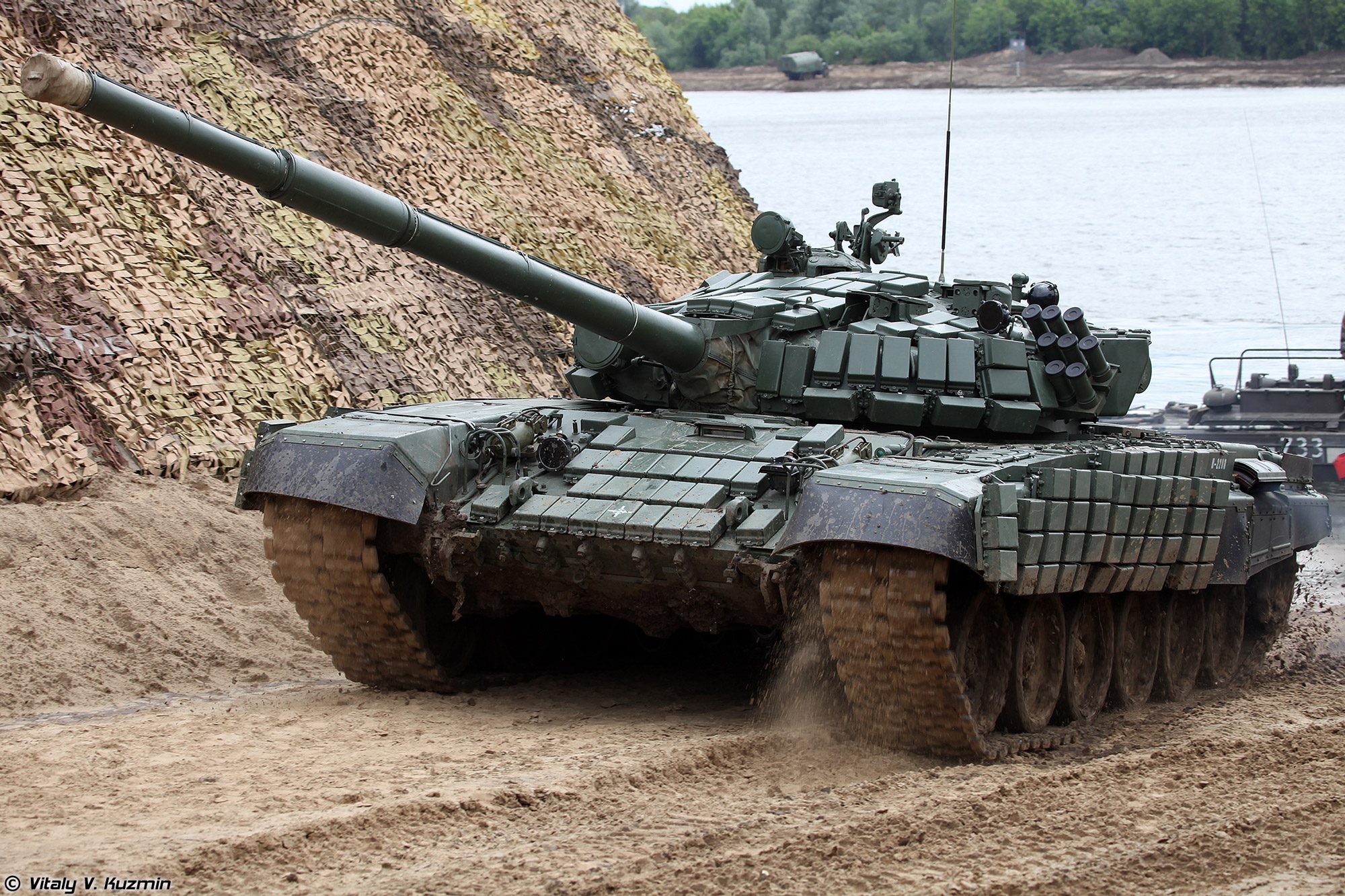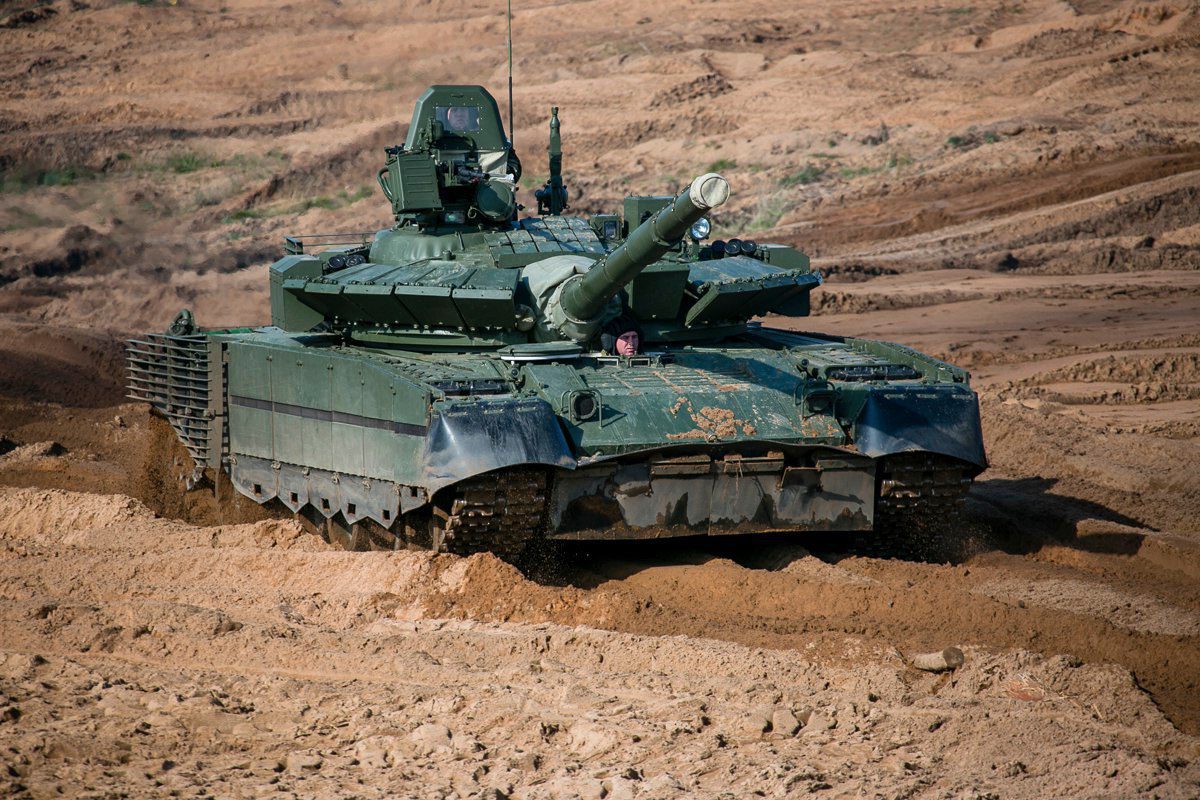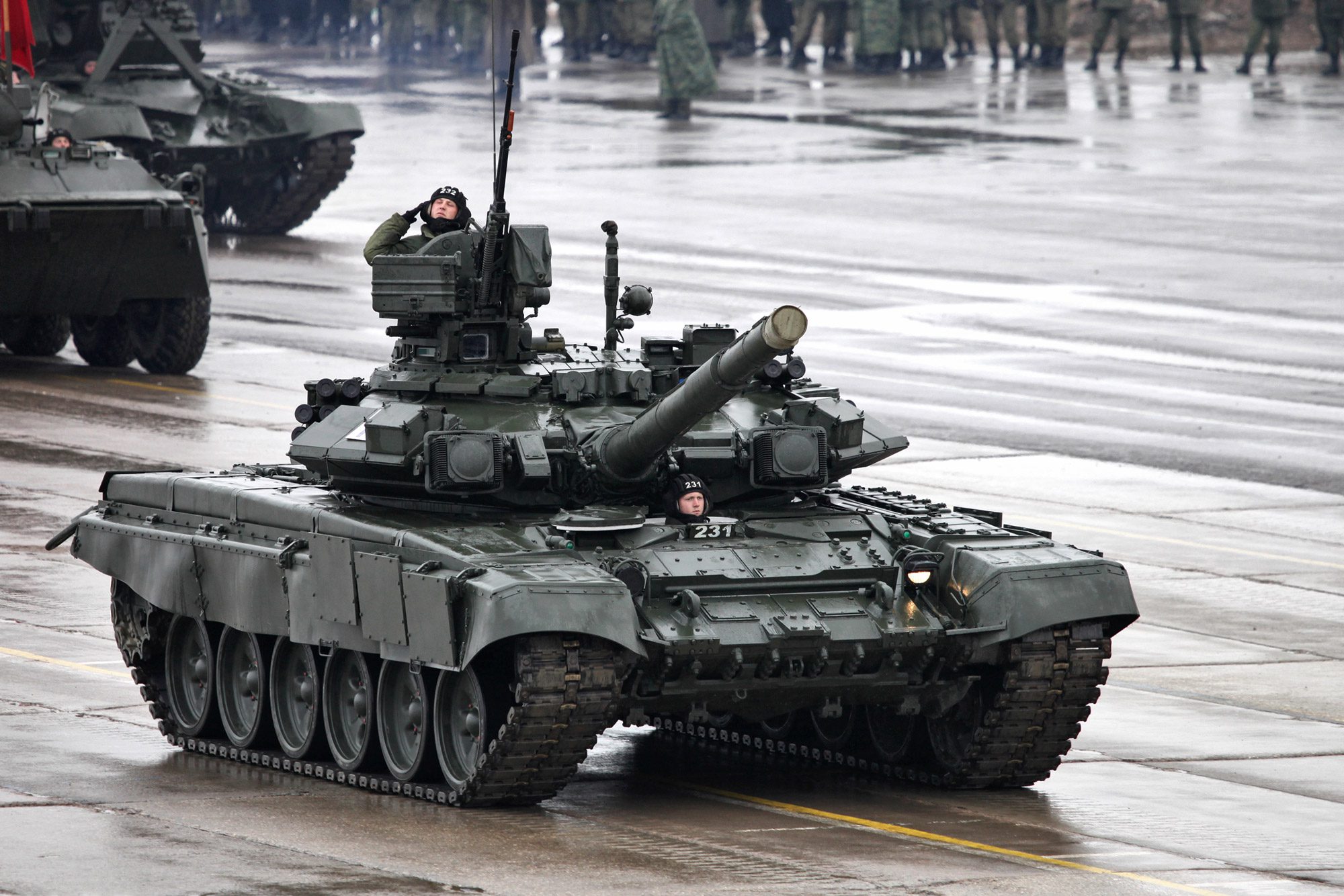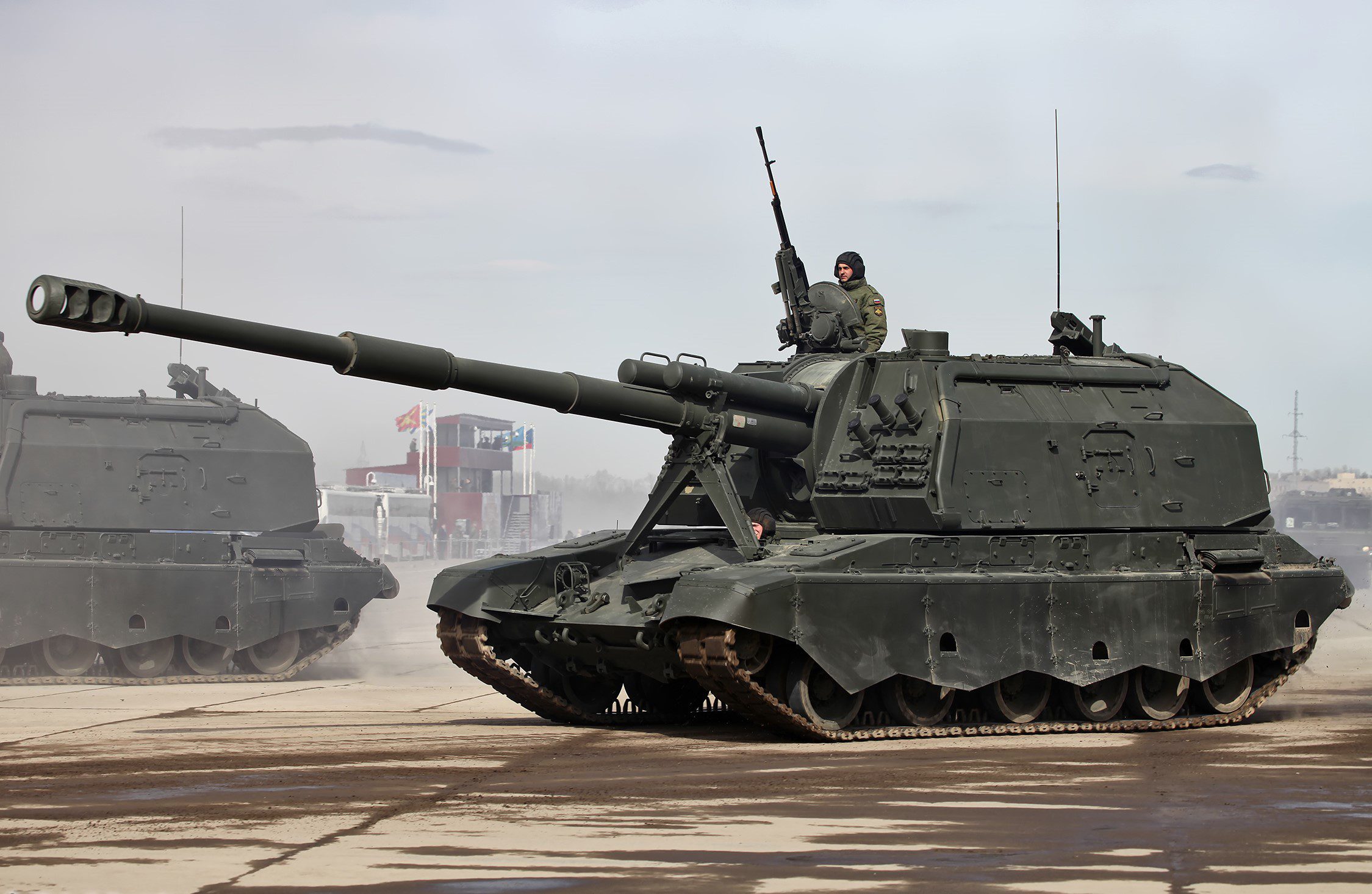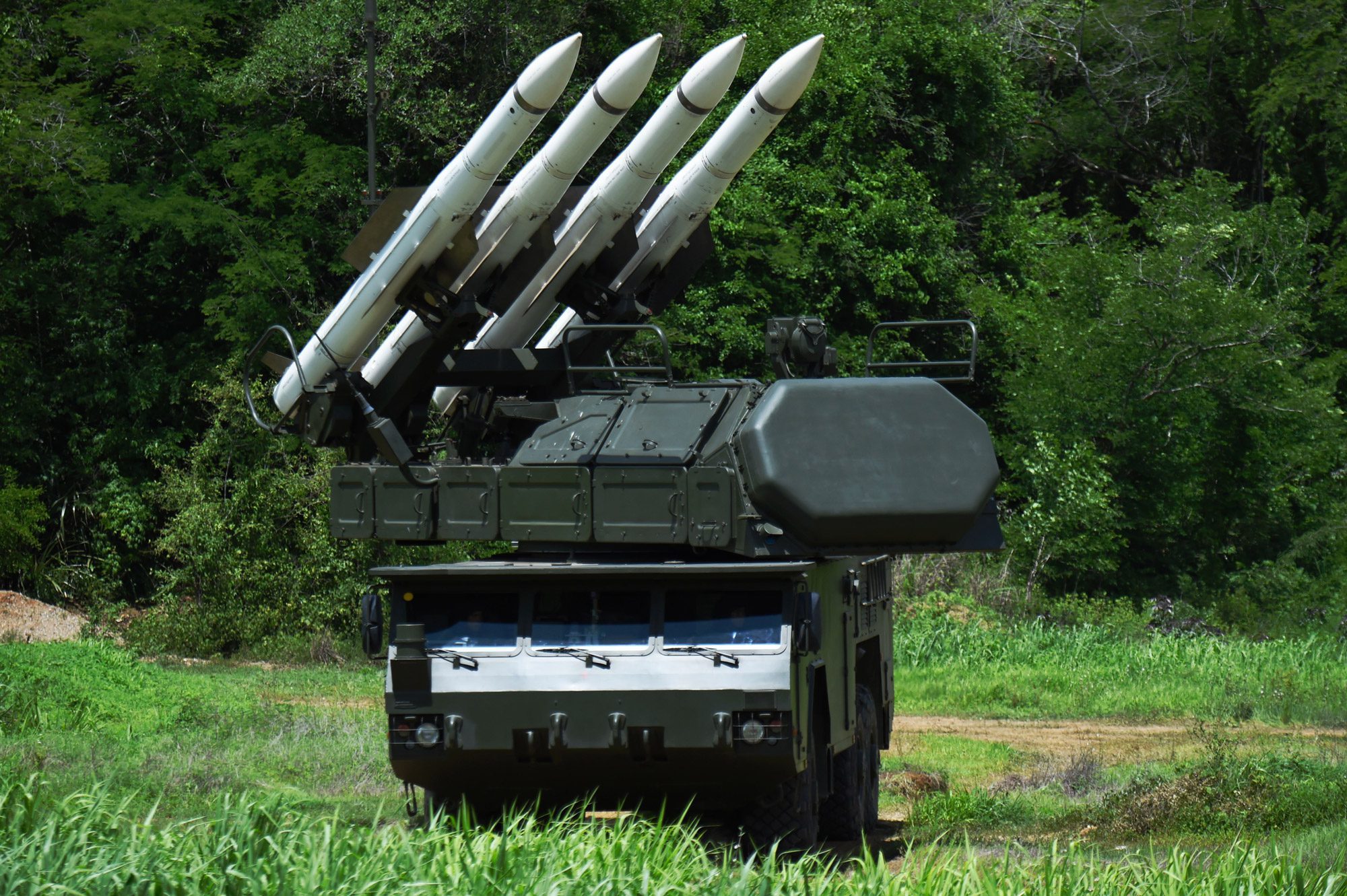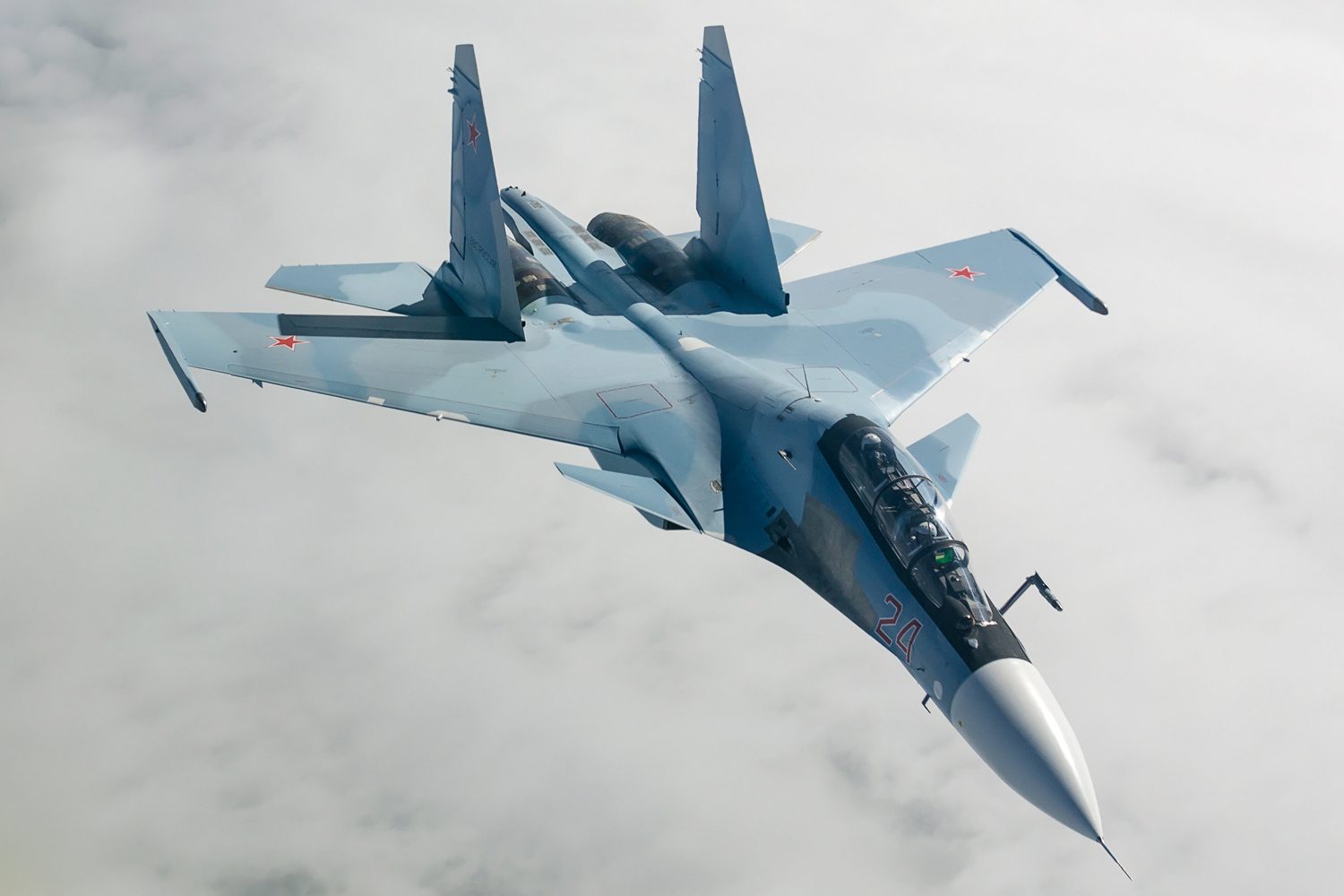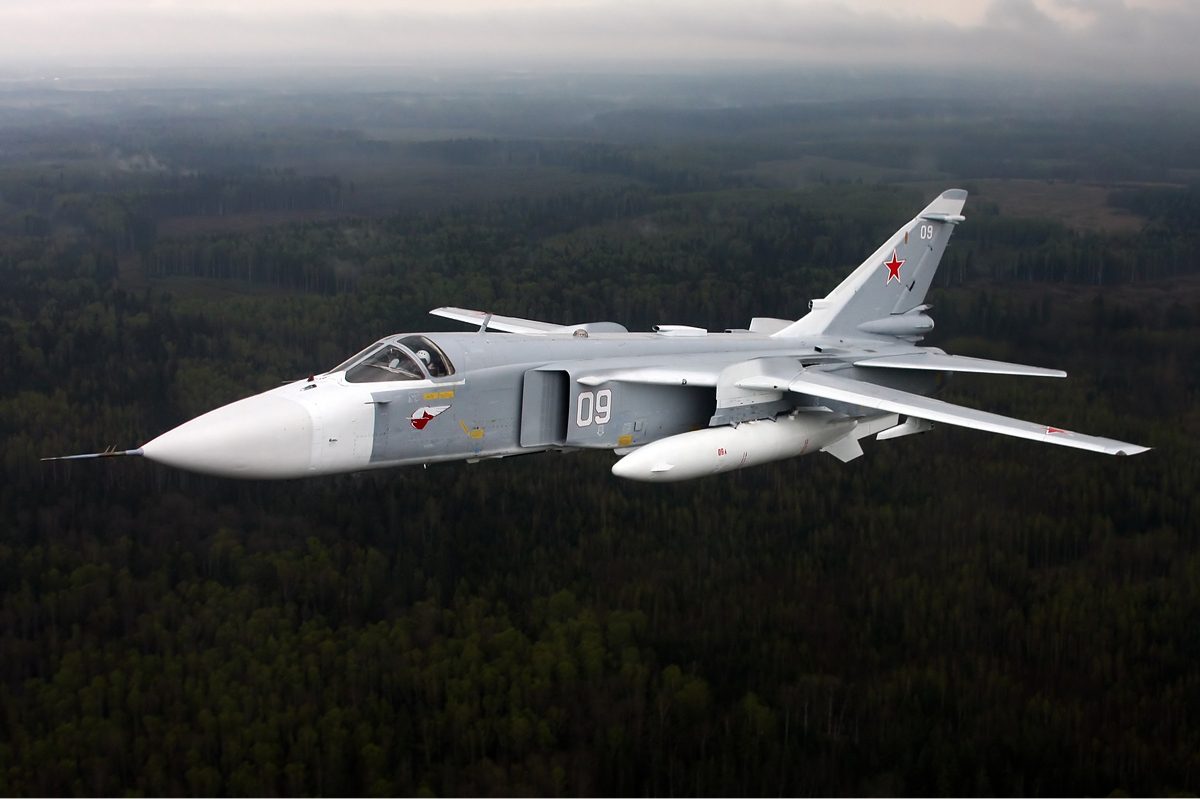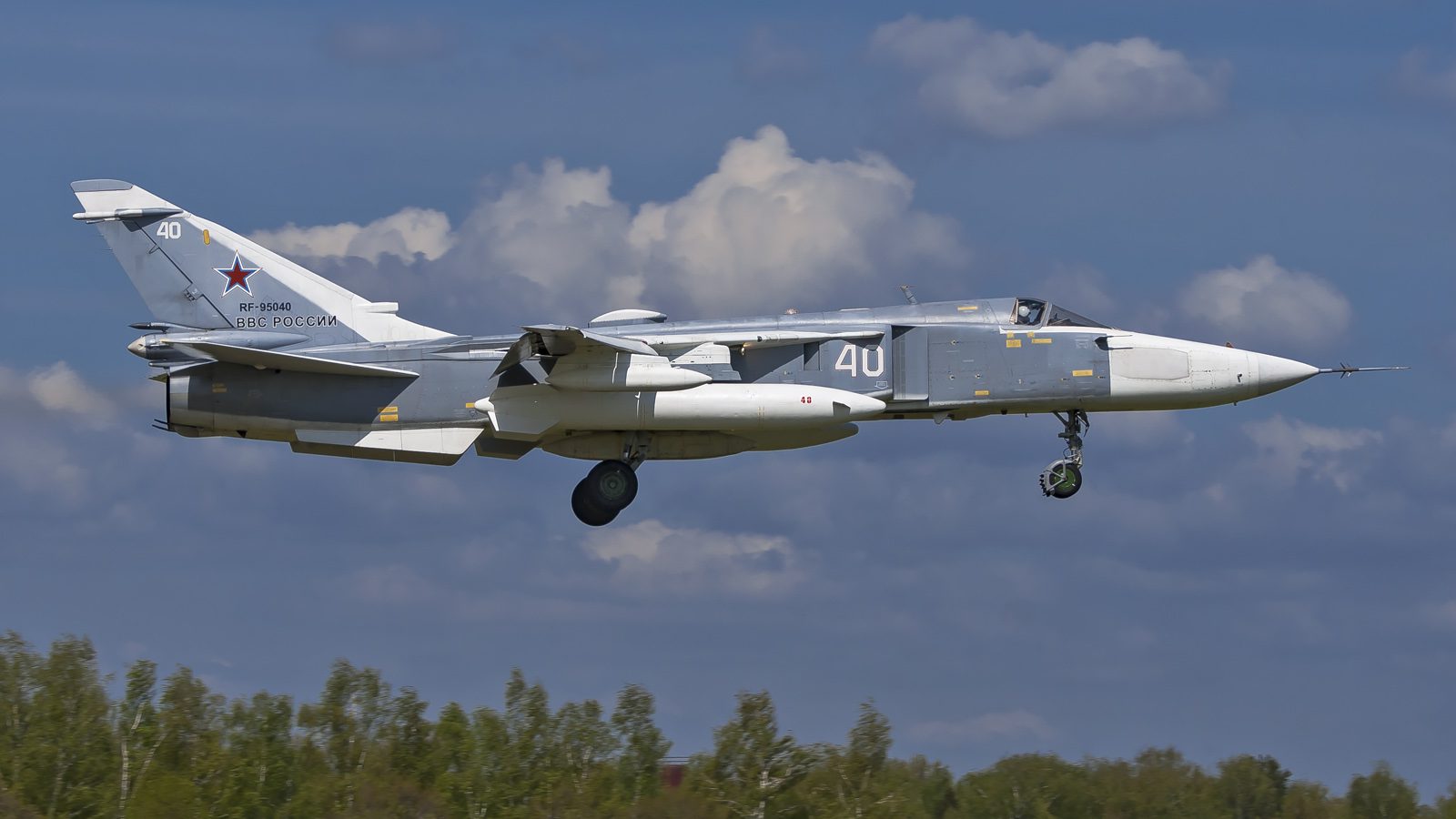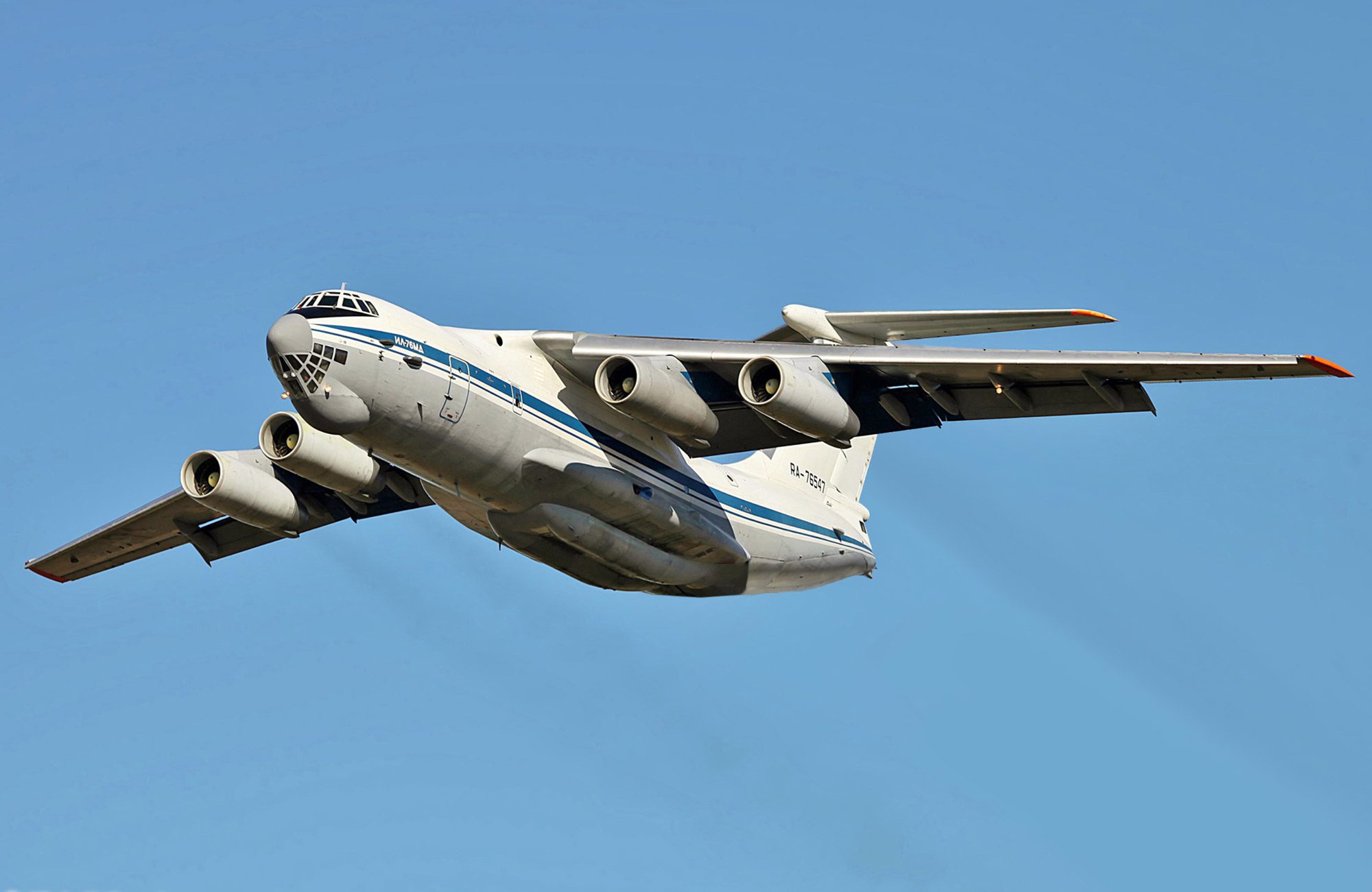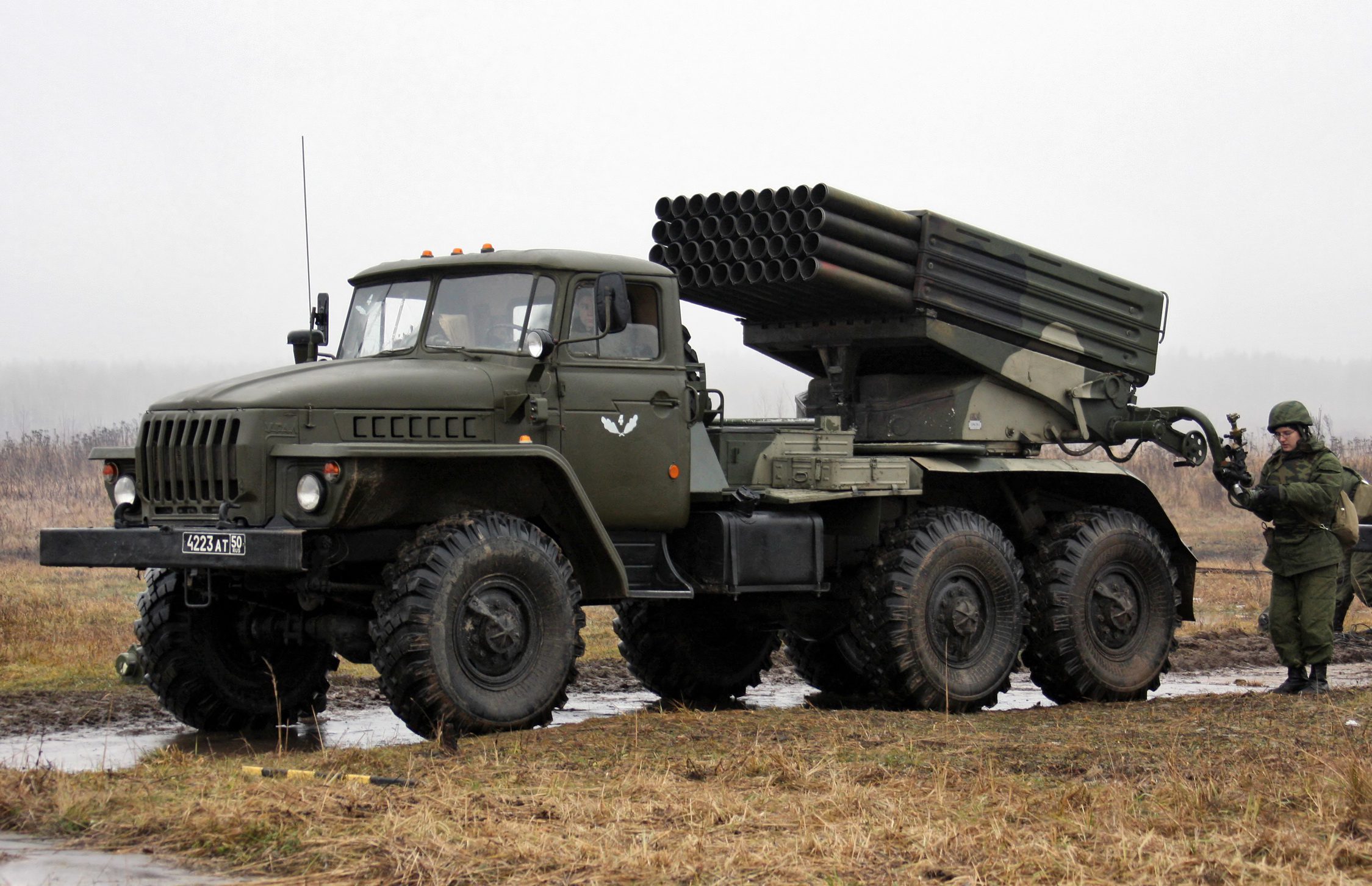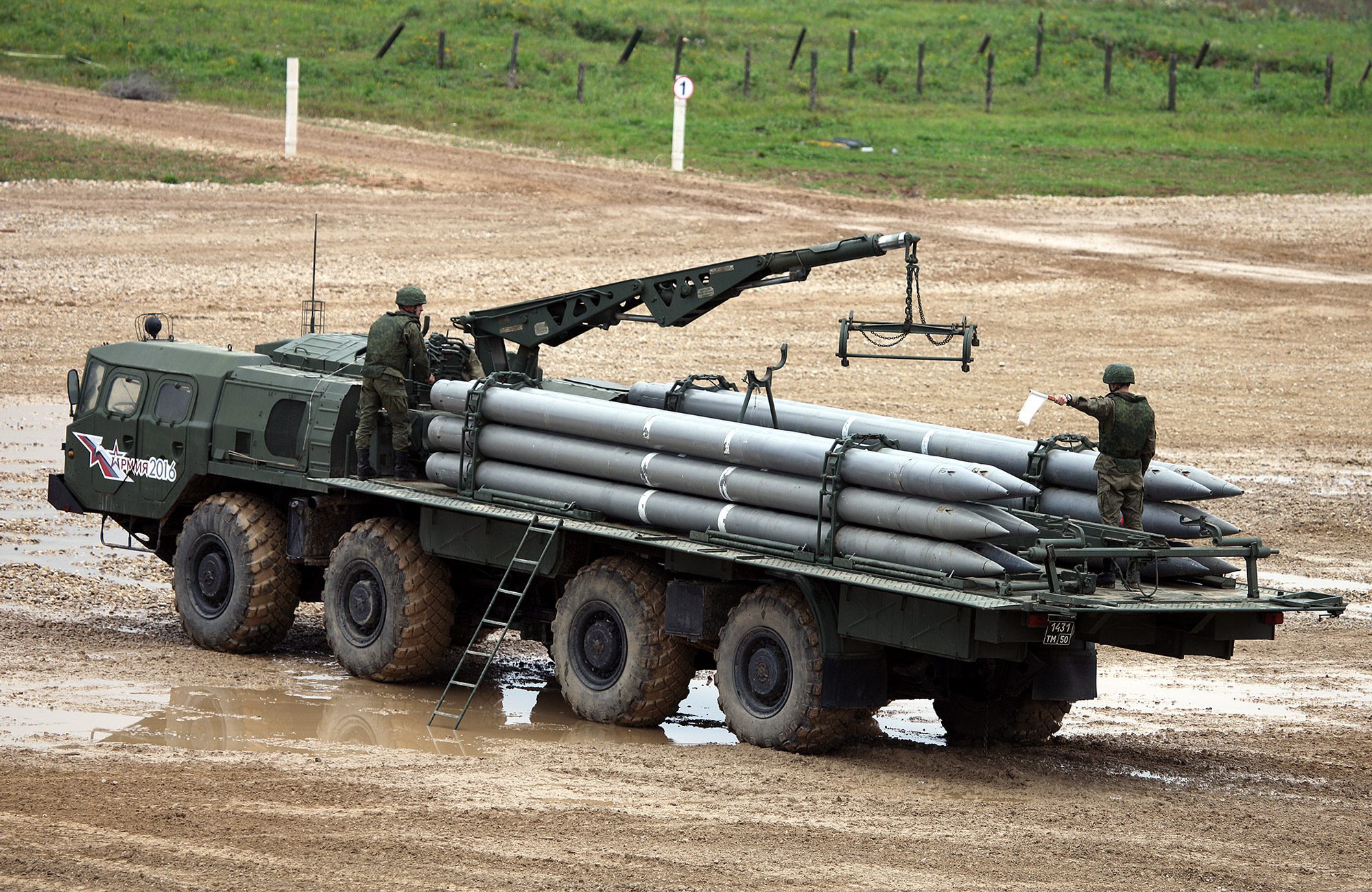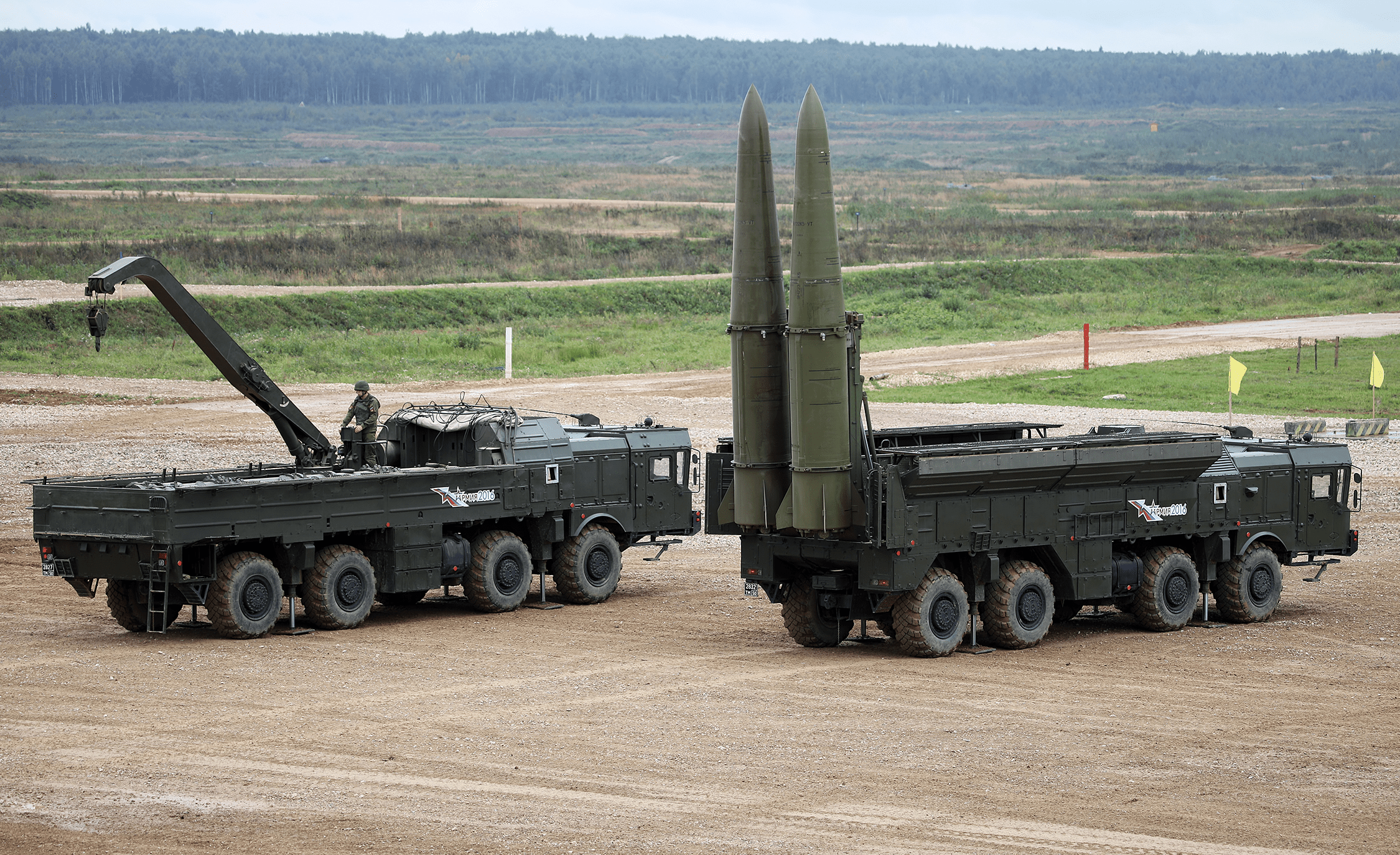Since February 24, the Russian Federation has been waging an open war against Ukraine. Ukrainians continue to hold off a direct attack of the enemy. Within this time, we have seen Russian military equipment being used by peasants for their own needs, as well as Russian soldiers yielding themselves prisoners.
The use of powerful multiple launch rocket systems (MLRS) for delivering strikes on cities and towns causes enormous damage and civilian casualties. Zaborona compiled a list of the military hardware and weaponry being employed by the Russian troops against Ukraine.
Tanks
The Russian army has several tanks of various modifications. Since Russia has inherited a huge amount of armored vehicles from the USSR, tanks remain the key strike force of the Russian Ground Forces. The main battle tanks include the T-72, T-80, and the T-90. It is a highly offensive weapon that can cause great damage. However, the Russian armored forces mostly consist of modernized Soviet vehicles. The main thing to remember is that there are no completely invulnerable armored vehicles.
What we should fear
The armament of the tank usually consists of a cannon and one or several machine guns. Modern tank guns have a large caliber of 105 to 125 mm, and the range of tank ammunition is very diverse. This arises from their broad-ranging engagement, whether they are used against armored or hard targets, or infantry. Tanks are tracked vehicles. This means that they can move easily off-road and in areas with very problematic soil. Tanks can also have active or passive protection, that is, they can be simply armored, or supplemented by radar systems and projectiles.
Why Russian tanks are burning in Ukraine
At present, there are many types of anti-tank weapons that our military can use quite effectively. These are mainly Javelin, Stugna, and Corsar anti-tank missile systems, NLAW anti-tank grenade launchers, M141 grenade launchers, which are informally called “openers”. For example, Javelin missiles are very effective because they are based on the fire-and-forget principle. After the shot, the missile automatically guides itself to the target, top-attacking the armored vehicles’ roofs, where there is the least armor protection. In simple terms, the missile bursts out of a small, some more than a meter long tube, immediately unfolding its blade-like wings. The engine is turned on, the missile takes off, and after a few seconds, it stucks on top of the armored vehicle and smashes it to pieces.
SAU self-propelled artillery unit, or informally ‘SAUshka’
SAU can easily be confused with a tank. However, tanks and SAU have different tasks. The tank is mostly used in front-line ground combat, and its task is to break through the front defenses and support the infantry, while SAU, as a more powerful and long-range vehicle, is positioned behind frontline troops. Such units are designed to deploy and support the offensive from a long distance. They can fire on positions in front of tanks. Given that SAU conducts artillery fire and has no strike targets, it is lightly armored. Simply put, it is just a cannon on wheels, which is used not for attacking but supporting the advancing troops with ambush fire, whereas the tank is a heavily armored universal combat vehicle, which is designed to break through the front line. Some names of SAU, in particular Giatsint, Pion, Gvozdika, and others, have been already familiar to Ukrainians since 2014.

Modern Russian SAU 2S19M2 “Msta-S”. Photo: Vitaly Kuzmin \ Wikimedia
What we should fear
What we should fear SAU has its strengths and weaknesses. The tank is used for almost parallel to the ground firing, while SAU is mostly intended for plunging fire, that is, the projectile falls onto the target from above. The armament capacity of self-propelled artillery units is much greater than that of tanks. Therefore, such units have a longer barrel length and weight, more advanced navigation and aiming equipment, as well as tools that improve shooting efficiency.
Why Russian SAUshkas are being destroyed
Given that self-propelled artillery units are not as protected as tanks, although they shoot better and at a greater distance, it is not so difficult to burn them to the ground. On March 2, there was a report that the Ukrainian military destroyed the Russian SAU with the help of Bayraktar. In general, Bayraktar is quite an effective weapon since this device can carry four missiles, stay in the air for up to 24 hours and hit targets at a distance of up to 8 km. This unmanned aerial vehicle (UAV) can destroy not only self-propelled artillery units but also Buk surface-to-air missile systems, tanks, as well as other military equipment. Due to high accuracy and autonomous flight operations, it allows us to minimize human losses on our part. In urban combat, it is also NLAW that works well against a variety of armored vehicles. The NLAW missile is very dangerous as its caliber is significantly larger than the one of Javelin, although the penetrating ability is slightly inferior. The working principle of NLAW is quite the same as of Javelin.
Buk surface-to-air missile system (SAM) – the same type that was used to shoot down Malaysia Airlines flight MH17
Buk is a family of surface-to-air missile systems. The complex itself is offered both on tracked and wheeled chassis. Buk is designed to strike aircraft and shell ground and sea targets at an altitude of 30-18000 meters. Buk missile systems have been used in the USSR since the late 70’s and are one of the most popular means of air defense in the Russian army. Except the First Chechen War, the use of Buk missile systems by the Russian military was hardly successful.

Russian BUK-M2E missile system. Photo: JUAN BARRETO/AFP via Getty Images
What we should fear
Working with Buk missile systems of various modifications requires special training. In addition, these systems are poorly equipped. They pose the same threat as other types of surface-to-air missile systems, although there are some nuances. The signal reflected from the target gives only its approximate size. In addition, the system indicates only the height and distance to the assigned target, thus making it impossible to identify it. As a result, it can easily aim at a passenger plane, as was the case with Boeing.
Buk weaknesses: Why they can be destroyed by relatively inexpensive UAVs
As mentioned above, there are several Buk missile systems weaknesses, such as difficulties in operation and unreliable equipment, which lead to plane crashes. Buk is hard to be hidden as it is large and is used as an air weapon with missiles shooting up in the air. As a rule, this type of surface-to-air missile systems can be destroyed even by Bayraktars.
Aviation is a complex and terrible weapon. However, a lost aircraft causes great damage to the enemy
The Russian Army is equipped with several aircraft that are used for various purposes and have been seen in various military conflicts in other countries. Since the beginning of the Russian-Ukrainian war, Russian troops have bombed the territory of Ukraine with the help of aircraft. According to official data, as of March 3, 2022, about three dozen enemy planes and as many helicopters were shot down.
Aircraft being used by the Russian Federation to bomb Ukrainian cities
The Su-30SM is a two-seat fighter aircraft capable of operating both day and night in difficult weather conditions. It can not only shoot down aircraft but also destroy ground targets, as well as conduct aerial reconnaissance and direct other aircraft of the group. The Su-30SM can fly at the maximum speed of 2125 km/h and is capable of missions with a range of 1500 km. The aircraft has been mass-produced for many years. The production of such aircraft and the process of training pilots are running smoothly. Moreover, the aircraft has good maneuverability. The two-man crew, significant fuel supply, as well as air-refueling make the Su-30SM a good fighting machine.

Su-30SM. Photo: Alex Beltyukov \ Wikimedia
The Su-24M is an attack aircraft capable of carrying up to 7.5 tons of various weapons, from machine guns and unguided aircraft missiles (NAR) to one-and-a-half-ton guided bombs. The aircraft can develop its speed up to 1700 km/h at high altitudes. The Su-24 can be used to destroy various ground and air, as well as static objects, namely runways, bridges, strategic military complexes, civilian infrastructure, etc. Compared to artillery, unguided aircraft missiles (NARs) have a longer range of fire, but still have a lot of debris scattering over a long flight range, that is, a great amount of missile debris scatter to a considerable diameter. Helicopters can also be armed with NARs.

Su-24M. Photo: Alexander Mishin \ Wikimedia
The Su-24MR conducts aerial reconnaissance. It is used for radio, laser, television, infrared, and radiation reconnaissance. It also provides support to the Navy. There is no direct processing of information on the Su-24MR board. Photo information is delivered by dropping the photographic material developed on board, while the rest is immediately transmitted to the ground by radio. The Su-24MR is armed with two guided air-to-air missiles R-60 (R-60M) with thermal homing heads, which can shoot down a UAV, missile or other aircraft at a distance of up to 10 km. No other destruction facilities can be used by a reconnaissance aircraft. The built-in gun installation on the Su-24 and Su-24M aircraft was dismantled.

SU-24MR. Photo: Wikimedia
The IL-76 is the basis of military transport aircraft of the Russian Federation. It can accommodate 145 soldiers (126 paratroopers with weapons) or three BMD-1 combat vehicles. This aircraft can take off from airfields with a short runway, as well as from ground ones. The IL-76MD-90A, an upgraded version of the IL-76, can carry 60 tons of cargo for a distance of up to 4000 km. Consequently, it cannot strike at civilians, but it can carry soldiers and weapons.

IL-76. Photo: Vitaly Kuzmin \ Wikimedia
There are no invulnerable aircraft
Planes, helicopters, UAVs and cruise missiles are destroyed by anti-aircraft warfare. For example, the Fim-92 Stinger, recently received from Lithuania, is a light man-portable air-defense system designed to destroy low-flying air targets. The operator can make an accurate shot on his own, being in a completely unexpected place or hiding in position. The main target of an anti-aircraft missile is a hot aircraft or helicopter engine. Anti-aircraft defense includes aircraft, radio-radar troops and air-defense systems. The Ukrainian sky is protected mainly by the following surface-to-air missile systems: S-300, which can hit a target at an altitude of up to 27 km and a range of up to 75 km, Buk-M1, with a range of up to 32 km at an altitude of 18 km, as well as S-125, with a range up to 40 km at an altitude of 25 km.
Why Ukrainian cities are attacked by missiles and multiple launch rocket systems prohibited by international conventions. No-fly zone: Why it is so important to get NATO to close the sky over Ukraine
Multiple launch rocket systems are designed to destroy open and hidden manpower, unarmored vehicles and armored personnel carriers, artillery and mortar batteries, command posts, etc. The range of MLRS used by the Russian troops is very wide. Now the civilian population is suffering from them.
This system can fire several missiles at once producing the loud noise that resembles the loud and rhythmic sound of a moving train, while the missile engines’ flashes significantly illuminate the area, especially in the evening and at night.
Grad is a multiple launch rocket system (MLRS) developed in the USSR. It is designed to destroy manpower, equipment, command posts, artillery and mortar batteries, as well as other targets in the enemy’s rear. Grad has plenty of munitions, which differ in range, type of warhead and detonator. Its range of fire varies from 13 to 37 km. Grad marked the beginning of a large family of similar combat vehicles, such as Hurricane, BM-30 Tornado and 9K51M Tornado. In the specific case of the Grad multiple rocket launcher, it can fire a full salvo of 40 rockets in 20 seconds, which makes it impossible to escape to the shelter immediately upon hearing the first rockets flying. One unit of the Grad multiple rocket launchers can hit 145,000 square meters, and the Russian troops can fire simultaneously from several systems.

Combat vehicle BM-21 “Grad”. Photo: Vitaly Kuzmin \ Wikimedia
Tornado is a Russian multiple rocket launcher for 300 mm rockets. The area of destruction of the element is 300-1100 square meters with armor-piercing of 7-1 mm and an up to 90 km range of fire. In Russia, they say that one Tornado is equal to the capacity of 20 Grad multiple launch rocket systems. Tornado systems can also use cluster munitions, which are prohibited by international conventions.

Transport and charging machine 9T234-2 MLRS 9K58 Tornado. Photo: Vitaly Kuzmin \ Wikimedia
If your city is being shelled with MLRS, stay in hiding!
MLRS are used to hit residential areas. Their destruction is carried out by professional soldiers.
Iskander: Why it is really scary
Iskanders are designed to deliver strong missile strikes. They destroy various objects of civilian infrastructure, leaving almost no chance to repel the attack. Iskander tactical operational missile complex can be a great way to demonstrate strength, as it can be effectively destroyed only by aircraft. On top of it, Iskander can use different variations of cluster munitions, which can hit a large area, in particular a military base, airfield, air and missile defense units. On average, 1 kg of fragmentation cluster munitions affects about 32 square meters. Non-cluster munitions are designed to destroy command bunkers, reinforced concrete warehouses, barracks, fuel storages, etc. Bunker buster munition is designed to pierce the reinforced concrete ceiling up to 1.2 m thick and detonate inside the room. High-explosive fragmentation units hit light armored vehicles at a distance of 70 m. The lightly vulnerable equipment, such as entrenched vehicles as part of air defense systems and communications, are hit at a distance of 200 m.

Iskander-M. Photo: Vitaly Kuzmin \ Wikimedia
Missile strikes kill Ukrainians and leave them without access to water, electricity, and food. Thus, it is very important now to demand that NATO countries close the sky over Ukraine.

